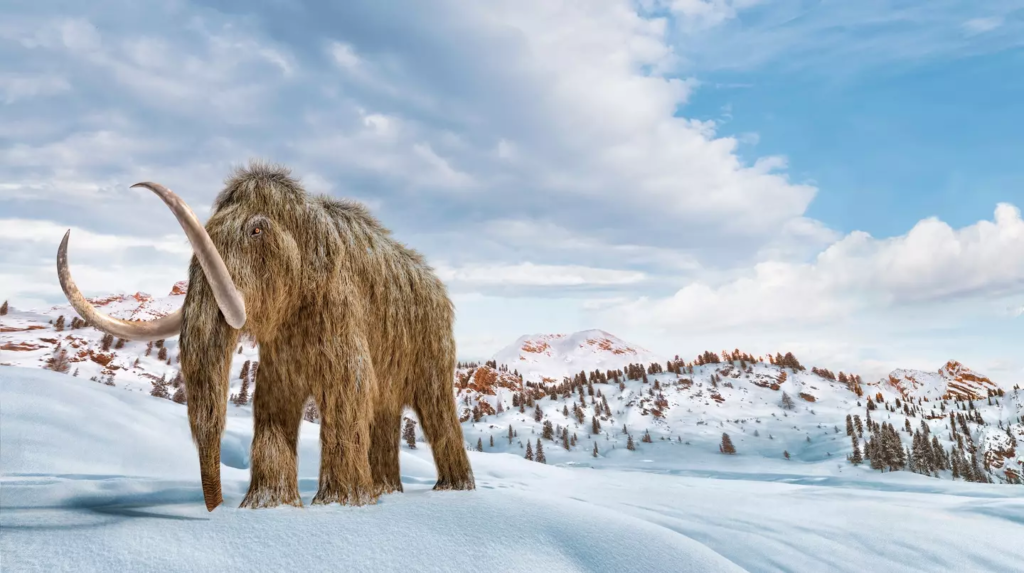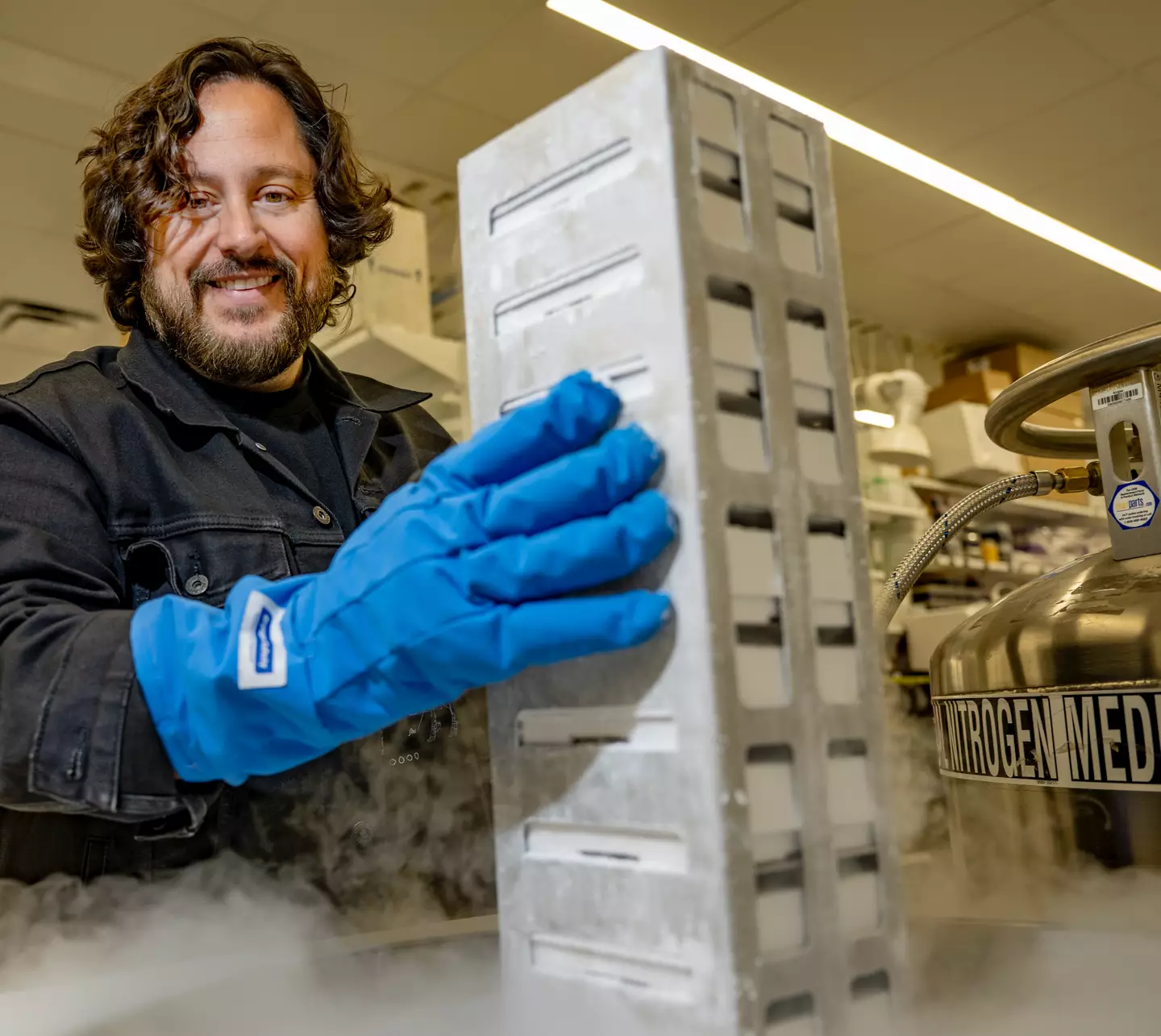He plans to revive a herd of woolly mammoths after they went extinct 4,000 years ago
A man who is trying to ‘de-extinct’ the woolly mammoth has revealed that it’s ‘highly likely’ they’ll be back by 2028.
It’s been 4,000 years since the last mammoth roamed the earth, and the reason behind their extinction is debated.
Some believe that they were hunted out of existence by humans, while others say they couldn’t survive Earth’s naturally warming climate.

Ben Lamm is trying to revive ancient creatures (Colossal Biosciences)
Either way, one man believes he’s unlocked the secrets to bring back these ancient creatures.
Ben Lamm is the founder and CEO of Colossal Biosciences, a biotechnology company working round the clock on ‘de-extinction’ research.
Scientists plan to use Asian elephants as surrogates for mammoth fetuses, which are to be created with replicated genes using the DNA of a close existing relative.
And Lamm is confident that the team are ‘on track for the mammoth for late 2028’.
But he doesn’t plan to stop at one; instead, he intends to repopulate the earth with a brand new herd.
Speaking to UNILAD, he says: “You need enough engineered and genetic diversity so you can create interbreedable, sustainable herds so you’re not just making a bunch of clones. You have to be very thoughtful in that process.
“Rewilding of the species back into their respective environments with enough population genetics and diversity so that they can create sustainability without human managed care.”

It’s been 4,000 years since mammoths last walked the earth (LEONELLO CALVETTI/SCIENCE PHOTO LIBRARY/Getty Images)
Lamm admits that people have argued this time period is ‘too hot’ for mammoths to live in, but he claims this is a misconception.
The biotech boss continues: “Everyone thinks of the movie Ice Age, right? In those times, there were those locations, but there were also these massive interglacial periods that were actually warmer than today.
“And if you look at mammoths, and also the distribution of different types of mammoths, like Columbian mammoths, the distribution and migratory patterns were vast and wild and huge populations, and they went down to very warm locations outside of these kind of global warmed periods.”
The team at Colossal Biosciences is made up of 145 scientists, 17 of which are solely working on the creation of artificial wombs to bring back extinct animals.

The biotech boss believes we’ll have a living mammoth back on Earth by 2028 (Colossal Biosciences)
After mammoths are brought back to life, Lamm intends to revive the dodo bird and the thylacine, also known as the Tasmanian tiger.
He adds: “I feel like we as a species have a moral obligation to save species.
“We are playing God every day when we cut down the rainforest, when we hunt the thylacines to extinction, when we kill the dodos off, right? Early man and other anthropologic effects of early man are what drove mammoths to extinction.
“And so I think that we have a moral obligation to leverage technologies to kind of reverse the harm that we’ve done and stop the extinction crisis.
“If we do nothing, we will lose, it’s forecasted that we will lose up to 50 percent of all biodiversity between now and 2050 and that’s terrifying.”




